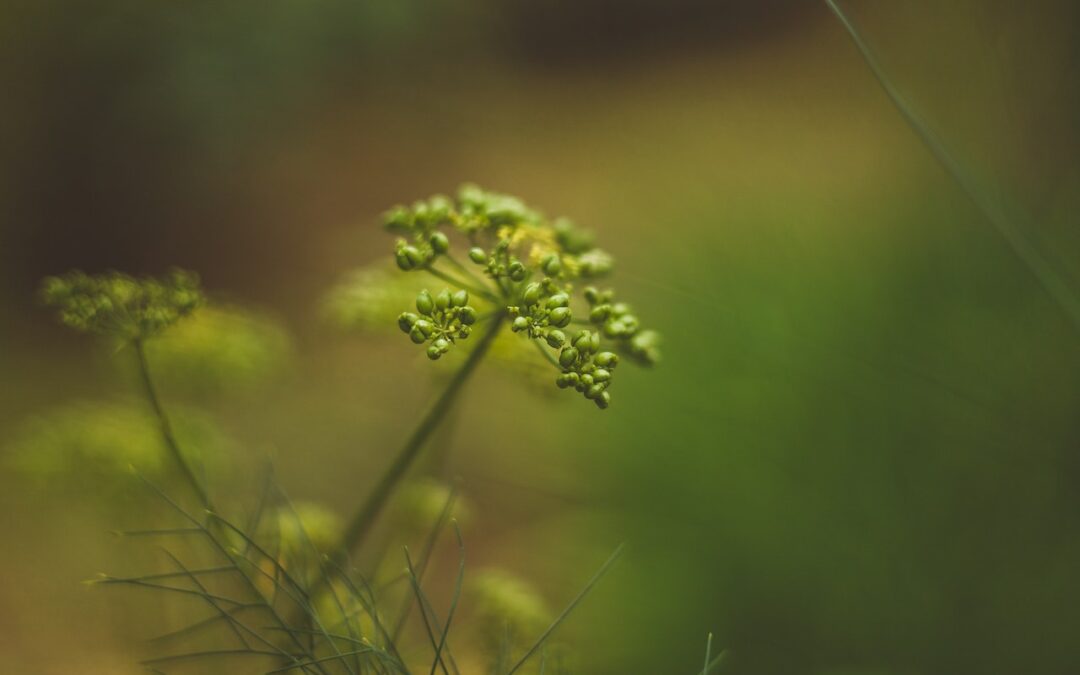
by Komoneed | Jul 9, 2024
Small, independent labels don’t have the same impact as behemoth brands like H&M, which often produce on a vast scale, and wield huge financial power and influence over their supply chains. So when Good On You rates brands, we first distinguish their size in order to assess each brand’s actions proportionately. Here’s why that matters, […]
The post The Biggest Brands Should Be Doing the Most: Why We Rate Large and Small Brands Differently appeared first on Good On You.

by Komoneed | Jul 9, 2024
The scrutiny of data centers has intensified because of tech company secrecy, energy consumption and societal impacts on customers, policymakers and communities.

by Komoneed | Jul 8, 2024
First report: electric SUV joins our fleet, but something doesn’t sound quite right

by Komoneed | Jul 7, 2024
If you’re planning any outdoor activities this Fourth of July, be sure to hydrate regularly, wear sunscreen and watch for signs of heat stress, because it’s going to be a hot one. A large portion of the United States — 110 million people across 21 states — will experience heat-related advisories and warnings in the […]
The post 110 Million People in U.S. Under July 4 Heat Warnings and Advisories appeared first on EcoWatch.

by Komoneed | Jul 7, 2024
An outlandish prototype of a compact electric coupe has been spotted with BMW-like design elements




